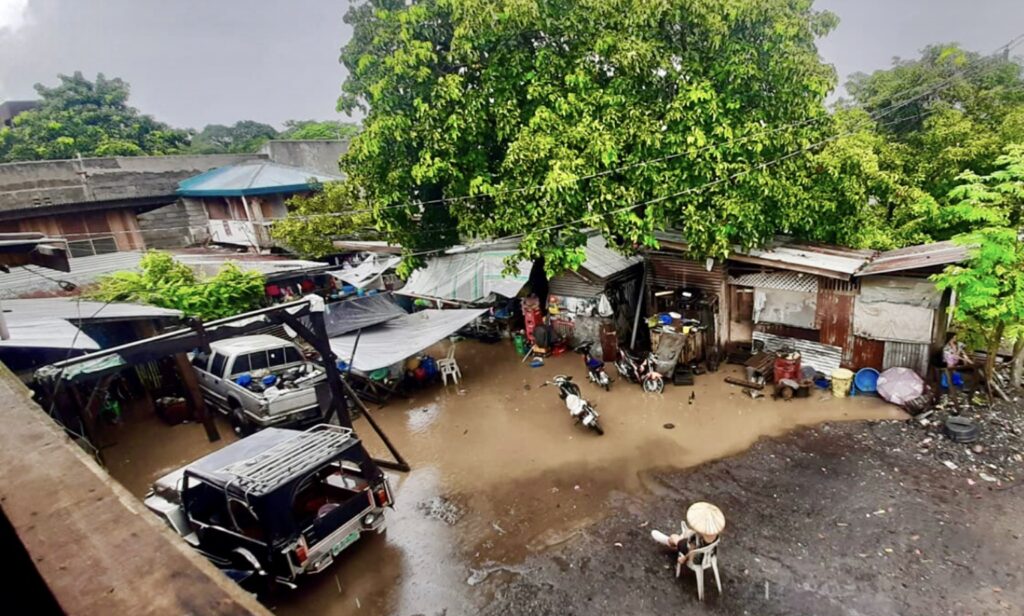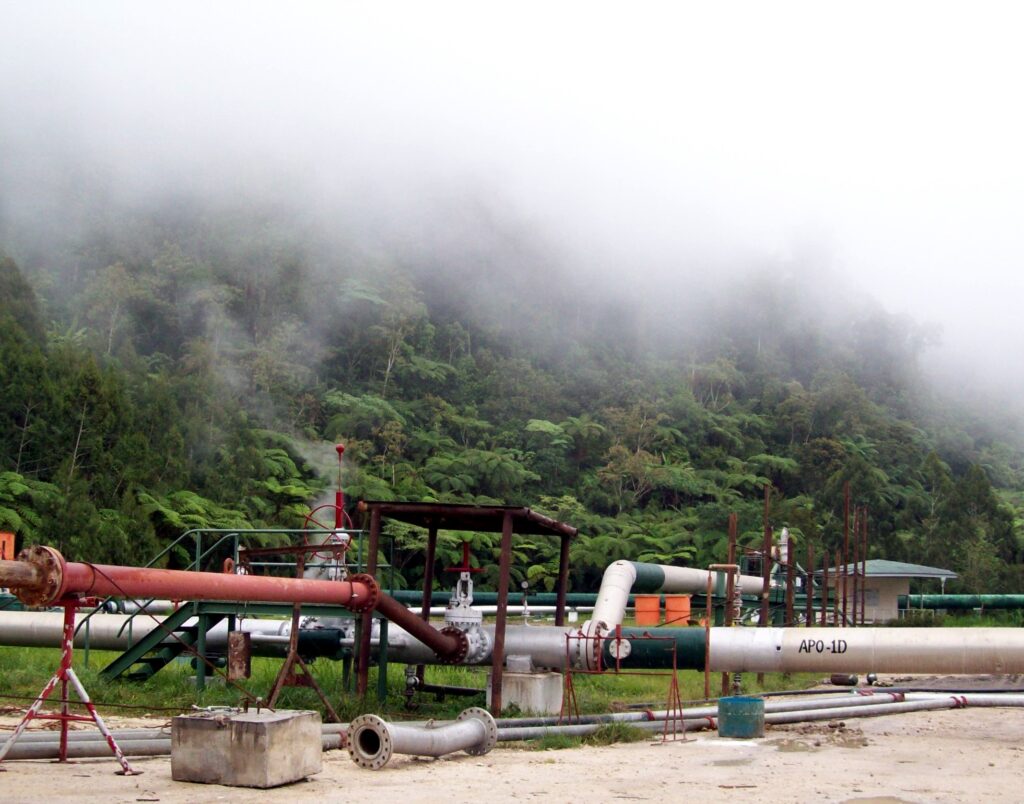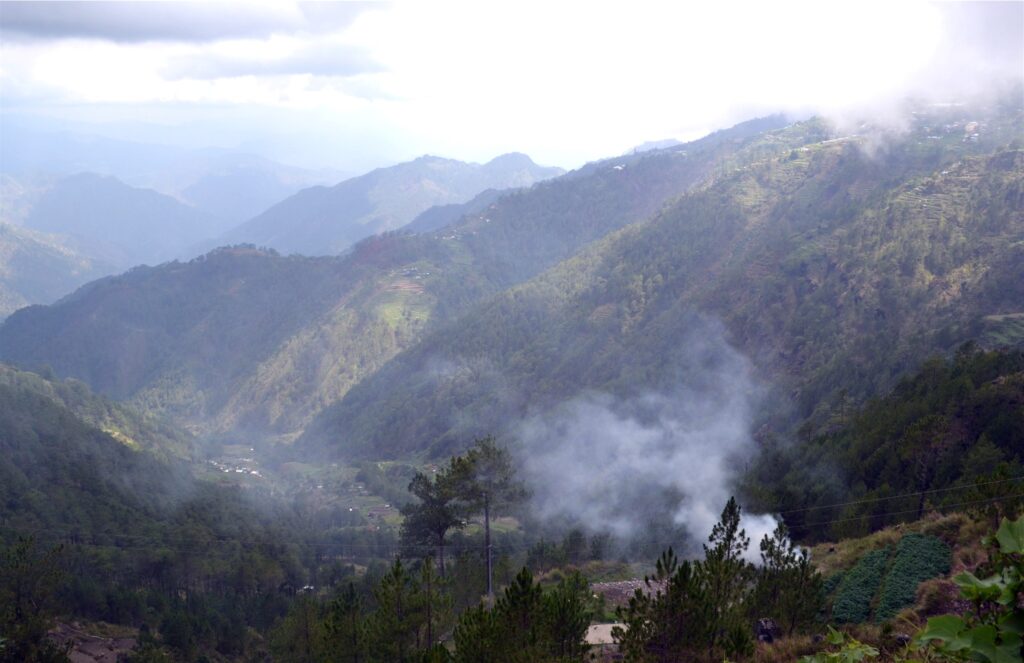IS PHILIPPINES RUNNING OUT OF TREES?
Text and Photos by Henrylito D. Tacio
In his book, Depletion of the Forest Resources in the Philippines, Singaporean author Ooi Jin Bee wrote: “The once forest-rich Philippines is well on its way to becoming the first country in Asia to achieve the dubious distinction of complete deforestation by the year 2000.”
Twenty-one years have already elapsed since the prediction was written and the Philippines still have some forests left. But catastrophes – as a result of denudation – continue unabated.
In 2011, Typhoon Sendong brought 12 hours of continuous rain to Mindanao Island. The nearby rivers in the cities of Cagayan de Oro and Iligan overflowed and people were either crushed by logs or drowned. The government declared it “a national disaster” with the storm affecting 338,000 people in 13 provinces.
Sean McDonagh, a priest who worked in the area, believed that decades of deforestation in Cagayan de Oro City and nearby provinces was to blame for the scale of the disaster. Much of the region’s rainforest areas were converted into pineapple plantations.

“The deforestation was literally criminal,” McDonagh told The Universe Catholic Weekly. “If the rainforest in the area had been left intact, even 12 hours of continuous rain would not cause this devastation. The rainforest canopy would stop the torrential rain from hitting the ground directly. Trees would also absorb the water.”
“The root cause is the denudation of our forests,” commented Jethro P. Adang, the new director of the Mindanao Baptist Rural Life Center, a non-government organization based in Kinuskusan, Bansalan, Davao del Sur. “This is a sin of the past that we are paying now.”
Rev. Harold R. Watson, a former American agriculturist who had been helping the locals in Mindanao, agreed. “When man sins against the earth, the wages of that sin is death or destruction,” explained the recipient of the Ramon Magsaysay Award in 1985 for peace and international understanding. “This seems to be universal law of God and relates to all of God’s creation. We face the reality of what man’s sins against the earth have caused. We are facing not a mere problem; we are facing destruction and even death if we continue to destroy the natural resources that support life on earth.”
It is impossible to exaggerate the ecological debacle threatening the Philippines. Almost a hundred years ago, the Philippines was almost totally covered with forest resources distributed throughout the 30 million hectares. These resources provided income, food, medicine, employment, materials, and water as well as a healthy environment.

In the 1950s, only three-fourths of the archipelago was covered with forest, according to the Department of Environment and Natural Resources (DENR). By 1972, the figure had shrunk to half – and by 1988 only quarter was wooded and just one tiny fraction of this was virgin forest.
The United Nations Food and Agriculture Organization (FAO) said about 7,665,000 hectares of the country is forested. Between 1990 and 2010, the country lost an average of 54,750 hectares per year.
Logging – whether legal or illegal – is one of the primary culprits of the fast disappearance of the country’s forest resources.
“Logging is most ecologically destructive in the mountains,” wrote multi-awarded science journalist Alan Robles in an article circulated by the Philippine Center for Investigative Journalism (PCIJ). “It is next to impossible to replant trees on rocky mountainsides once their thin skin of topsoil has been washed away.”
The tragedy that happened in the cities of Iligan and Cagayan de Oro a few years back was proof of the havoc caused by excessive mountain logging. Floods and landslides buried more than 1,000 people and a thousand more missing.
Cutting and processing of the logs cut from the forest constitute a big industry. But it creates an environmental hazard in areas where it is done. “The destructive logging stems from its unsustainable nature,” Robles explained. “It is an extractive industry that destroys forest resources at a much faster pace than they can be replaced by nature’s regenerative capacity.”
In his article, Robles further wrote: “Even reforestation (which most loggers don’t bother to do after they have mowed down their concessions) doesn’t restore the ecological balance and diversity because the process of logging itself destroys so much. Loggers bulldoze roads by cutting a swath through the jungles. And when the trees are cut, they are dragged across the fragile undergrowth, destroying saplings and other vegetation.”
Singaporean author Ooi Jin Bee pointed out kaingineros (swidden or slash-and-burn farmers) as the primary culprit of the fast disappearance of the country’s forest cover. When he computed the rate of annual deforestation of both virgin and secondary growth forests due to kaingin from 1980 to 1985, he found out that kaingin accounted for at least 50% of the forest destruction in the country.
But there are several other causes: mining operations, forest fires, volcanic eruptions, geothermal explorations, dam construction and operations, fuelwood collection, and land development projects (construction of subdivision, industrial estates, and commercial sites).
The country’s surging population has likewise contributed to the problem. At least a fourth of the total population lives in the upland areas, where most trees are located. Most of them practiced slash-and-burning agriculture (kaingin farming). “These migrant farmers attack virgin forest lands to cultivate the rich soil, which they quickly deplete,” observed Watson. “Then, they move on, looking for more. One day, there is no more.”
More often than not, deforestation is often equated with calamities like landslides and flash floods. In its editorial some years back, the Philippine Daily Inquirer deplored: “In just one decade, 2000 to 2010, 27 floods and 17 landslides occurred, affecting about 1.6 million people each year and destroying crops and infrastructure worth tens of million pesos a year. In all these floods and landslides, deforestation was a major factor. Bald mountains, depleted forests, and barren watersheds caused rainwater to flow down and flood the plains.”
But there’s more to deforestation than just flash floods and landslides. Deforestation also results in declining crop yields, loss of vital soil nutrients, and degradation of surrounding ecosystems.
“Trees serve as barriers to soil erosion and ensure that vital nutrients are naturally returned to the soil,” explains Jonathan Nash in a briefing paper. “In many tropical areas, valuable soil erodes and crop yields can quickly decline when trees are cleared to make way for agriculture or livestock. Eroded soil often ends up in streams and rivers, leading to siltation, contamination, and stagnation. These processes, in turn, disrupt aquatic ecosystems, often killing fish and other aquatic organisms.”
In their collaborative book, Soil Erosion: Quiet Crisis in the World Economy, authors Lester R. Brown and Edward C. Wolf contend: “The loss of topsoil affects the ability to grow food in two ways. It reduces the inherent productivity of land, both through the loss of nutrients and degradation of the physical structure. It also increases the costs of food production.”
If forests are continued to be cut, sources of future medicine would be in jeopardy. “As forests are destroyed, degraded, or fragmented, many of the valuable species of plants and animals – any number of which contain precious genetic resources that could lead to new pharmaceuticals or provide important traditional medicine – are threatened or lost forever,” Nash claims.
Deforestation also means the spreading of tropical diseases and reduced quantities of safe water. The spread of some potentially fatal tropical diseases like malaria, dengue fever, and cholera often follows paths of deforestation. As some forest animal species such as birds and bats disappear, insect populations swell, facilitating the transmission of disease.

Watersheds that are deforested lose their ability to provide adequate amounts of water consistently. “If the forest perishes, so will the life of people,” said Diomedes Demit, one of the farmers from Bukidnon who joined the so-called ‘Fast for the Forests’ in Manila some decades ago. “The trees are our source of life. Without trees, there will be no water. If there is no water, there will be no life.”
Deforestation exacerbates climate change. Forests reportedly contain 40 percent of all stored carbon, more than any other terrestrial ecosystem, and thus help buffer against global warming. Land-use change – of which tropical deforestation is the most significant component – was responsible for roughly 20 percent of human-induced carbon emissions during the 1990s.
“If left unchecked, global warming could melt polar ice caps, rising sea levels by several feet and threatening low-lying countries,” Nash warns. “Such a development would be devastating for many countries.”
And that includes the Philippines, which is composed of more than 7,000 islands.

